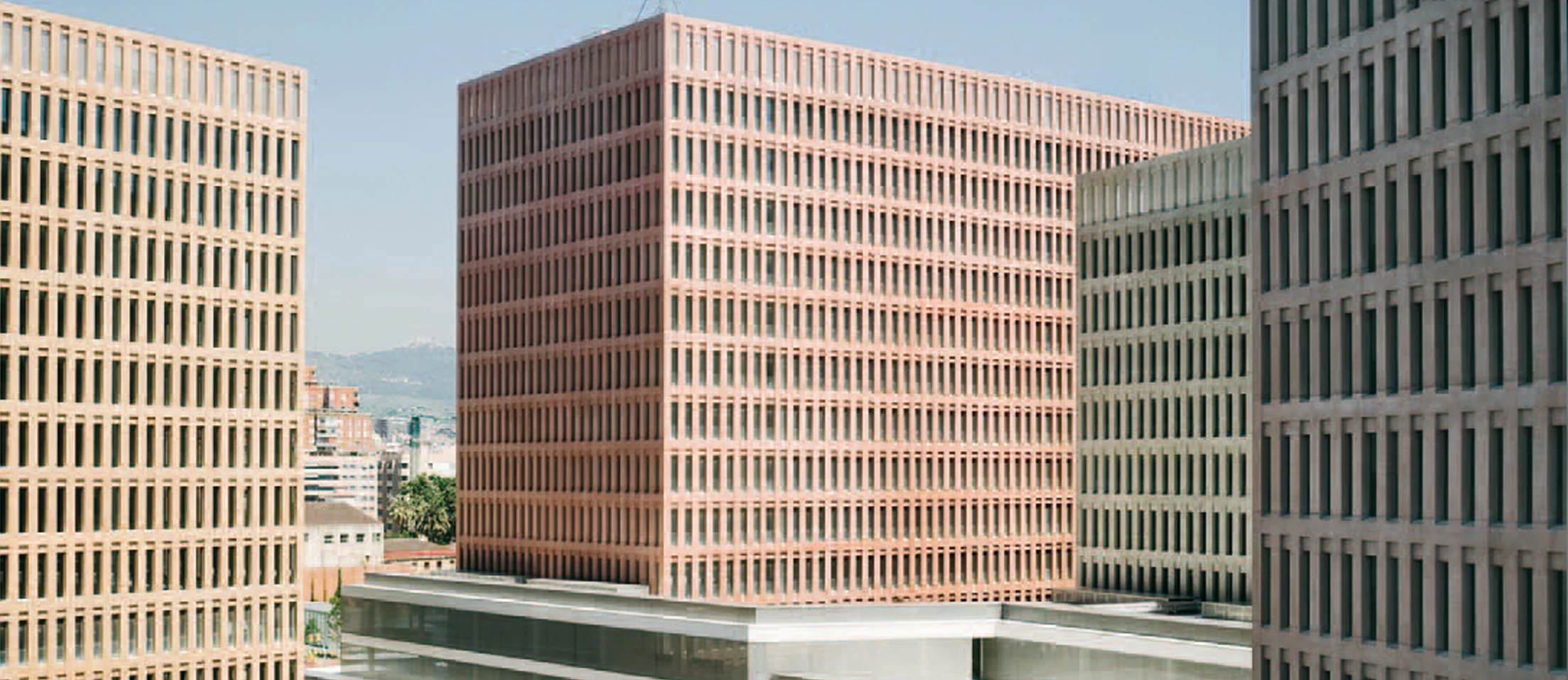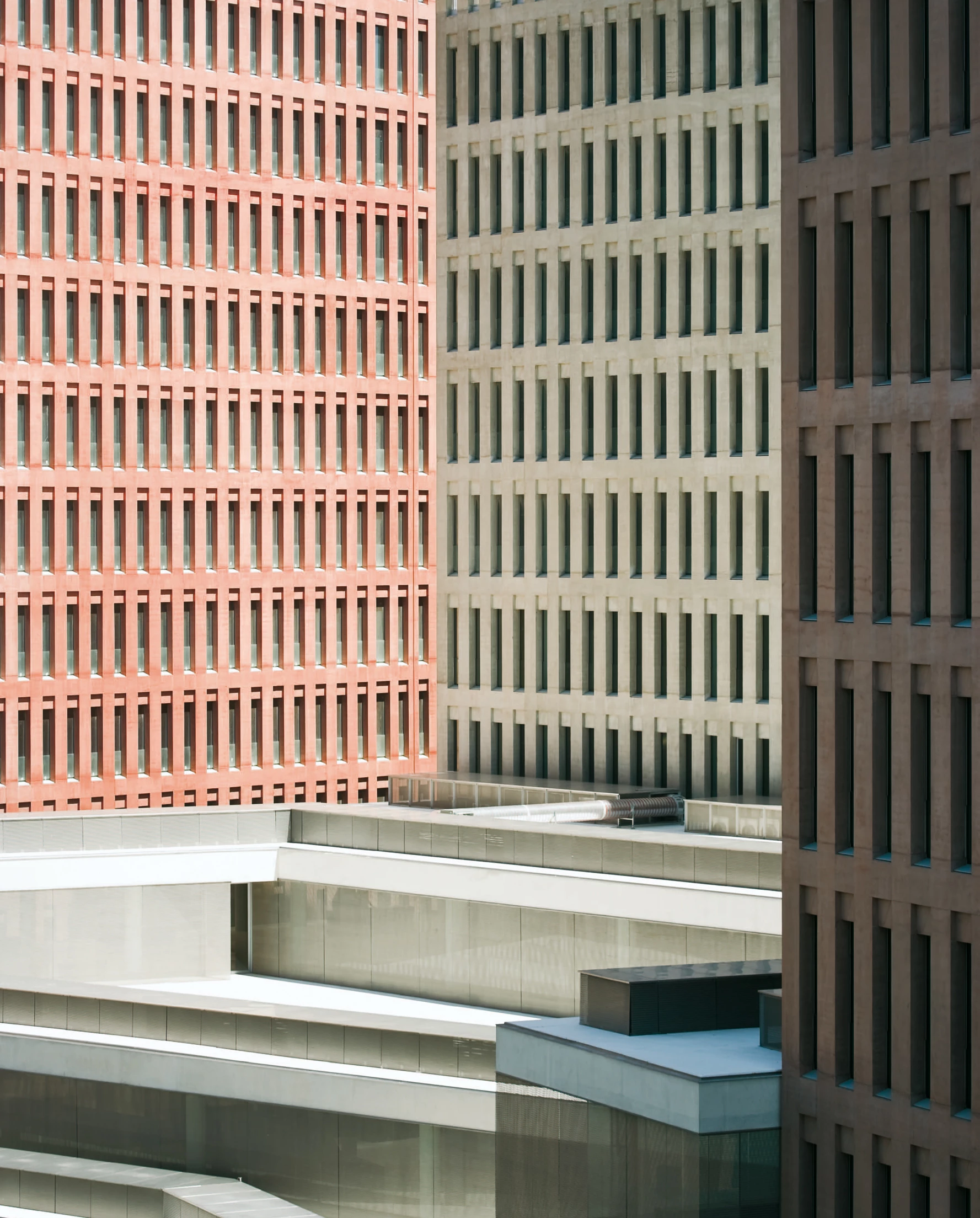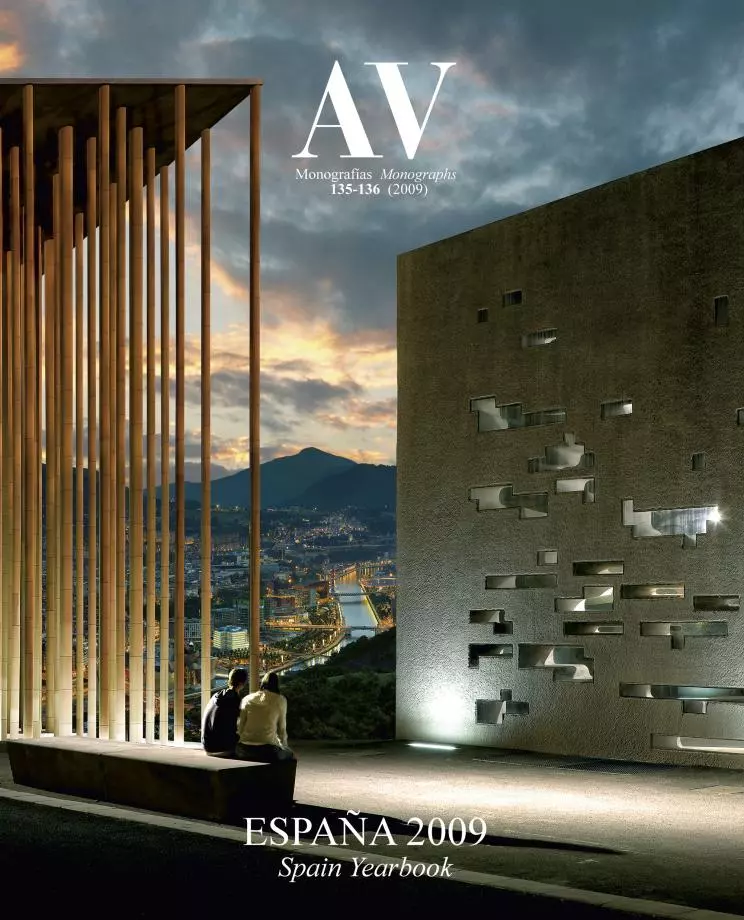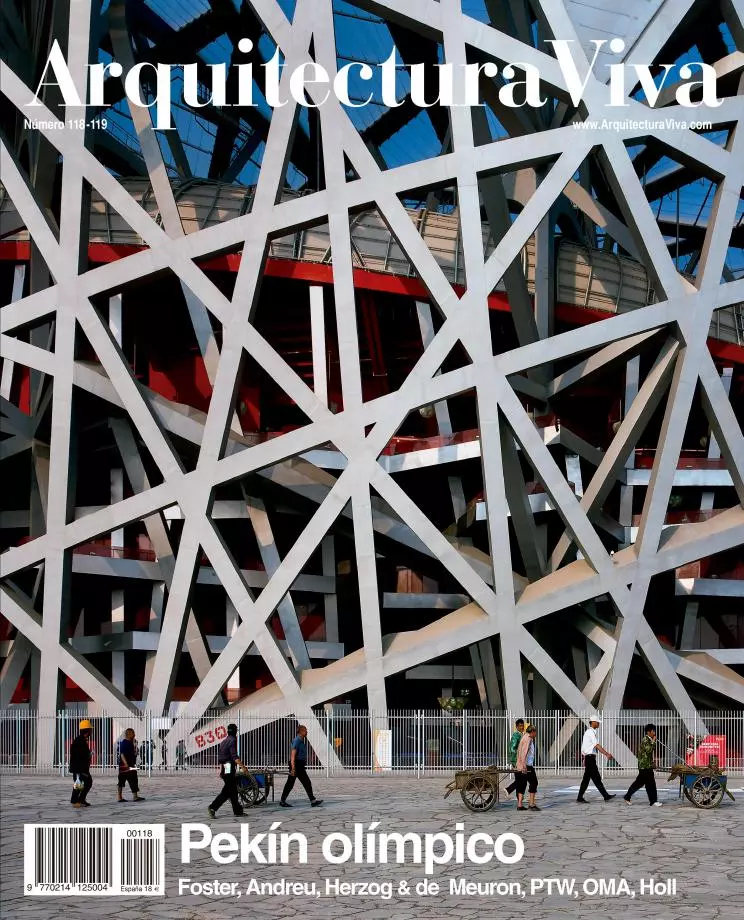City of Justice, Barcelona
David Chipperfield Architects b720 Fermín Vázquez Arquitectos- Type Institutional Administration building Court
- Date 2008
- City Barcelona
- Country Spain
- Photograph Duccio Malagamba Paisajes Españoles Pedro Pegenaute Christian Richters

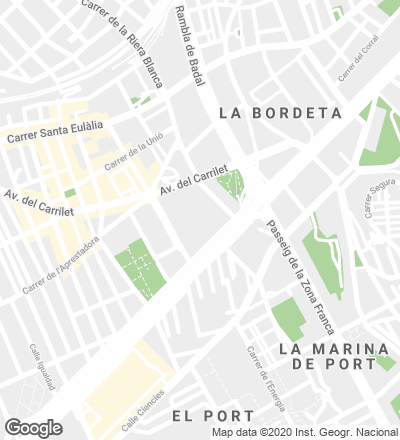
The largest of David Chipperfield Architects’ projects currently under construction, the new law courts complex of Barcelona breaks down the 330,000 m2 programme into eight freestanding buildings, linked by a continuous atrium space. The project includes the design of all public areas, courtrooms, and offices.

The site for the new judicial complex is at the border of the cities of Barcelona and L’Hospitalet de Llobregat, at the intersection of two main roads, a strategic position that facilitates access from the urban center.
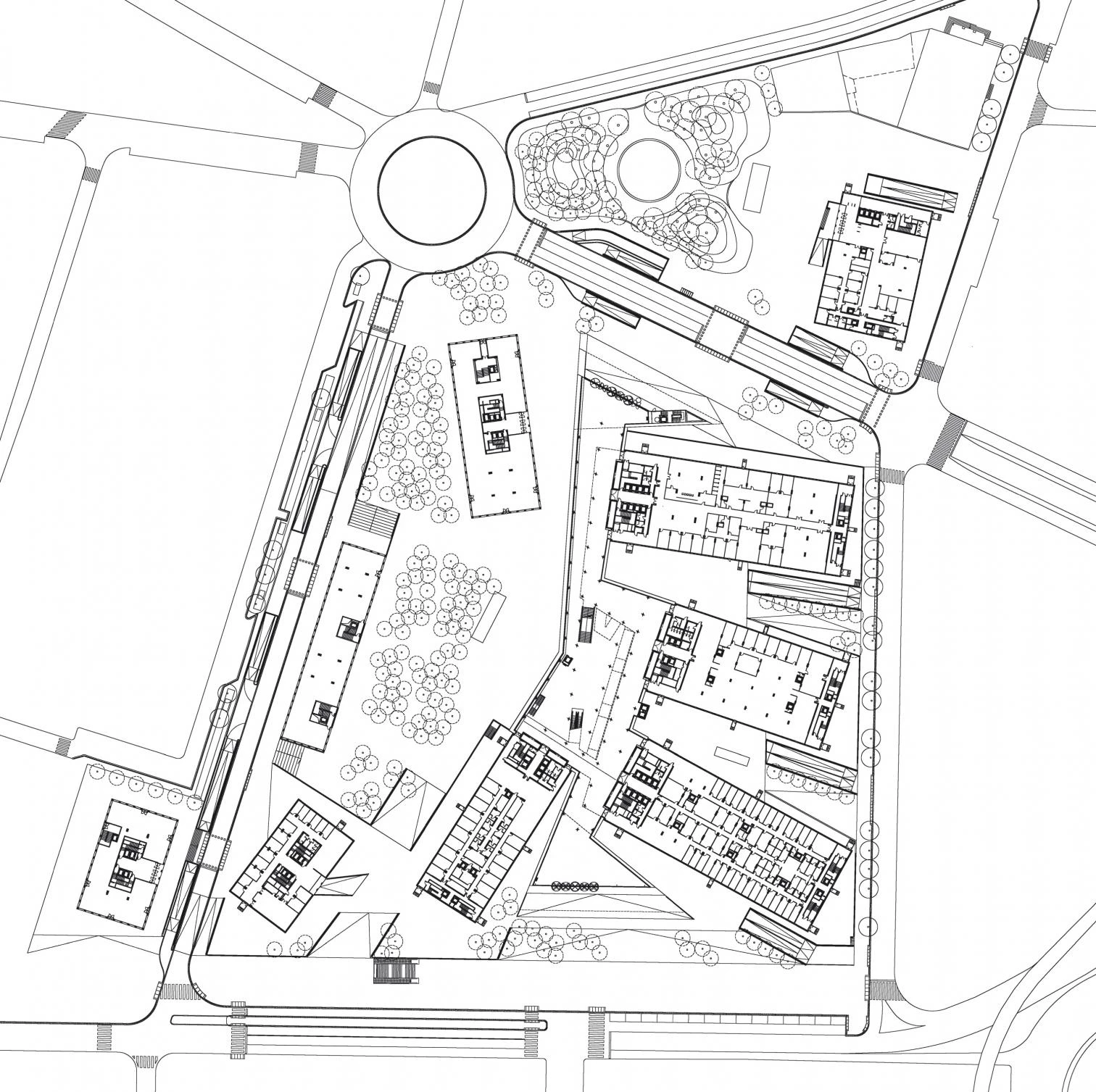
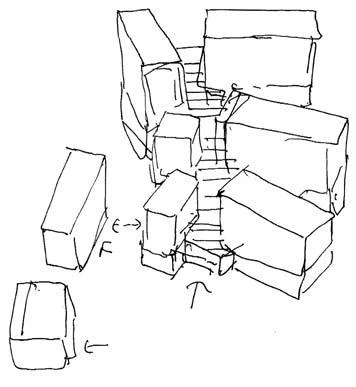
Previously, the various legal departments of the governments of Barcelona and L’Hospitalet were scattered in 17 buildings across the two cities, with functional frustrations for both users and employees. A new conjoined City of Justice will improve efficiency and allow working spaces to adapt and absorb the constant transformation of the judicial body as well as provide reserve space for future growth. The site is at the border of the two cities of Barcelona and L’Hospitalet on a site which was previously a military barracks. It is located adjacent to both Gran Vía, a major access route into the center of Barcelona from the south, and Carrilet, an artery leading to L’Hospitalet. The position provides optimum accessibility to the city and major metropolitan routes on both public and private transport.
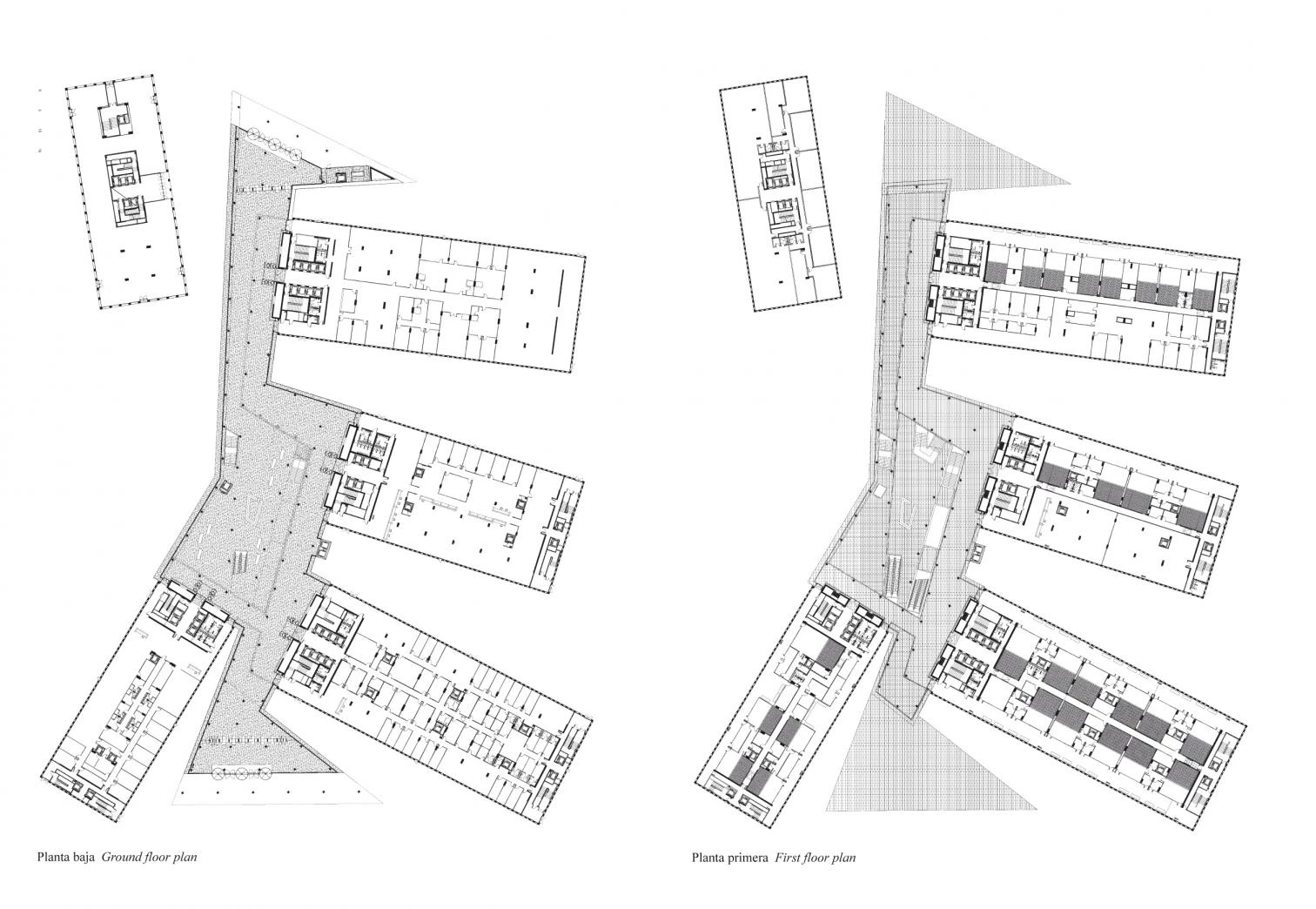
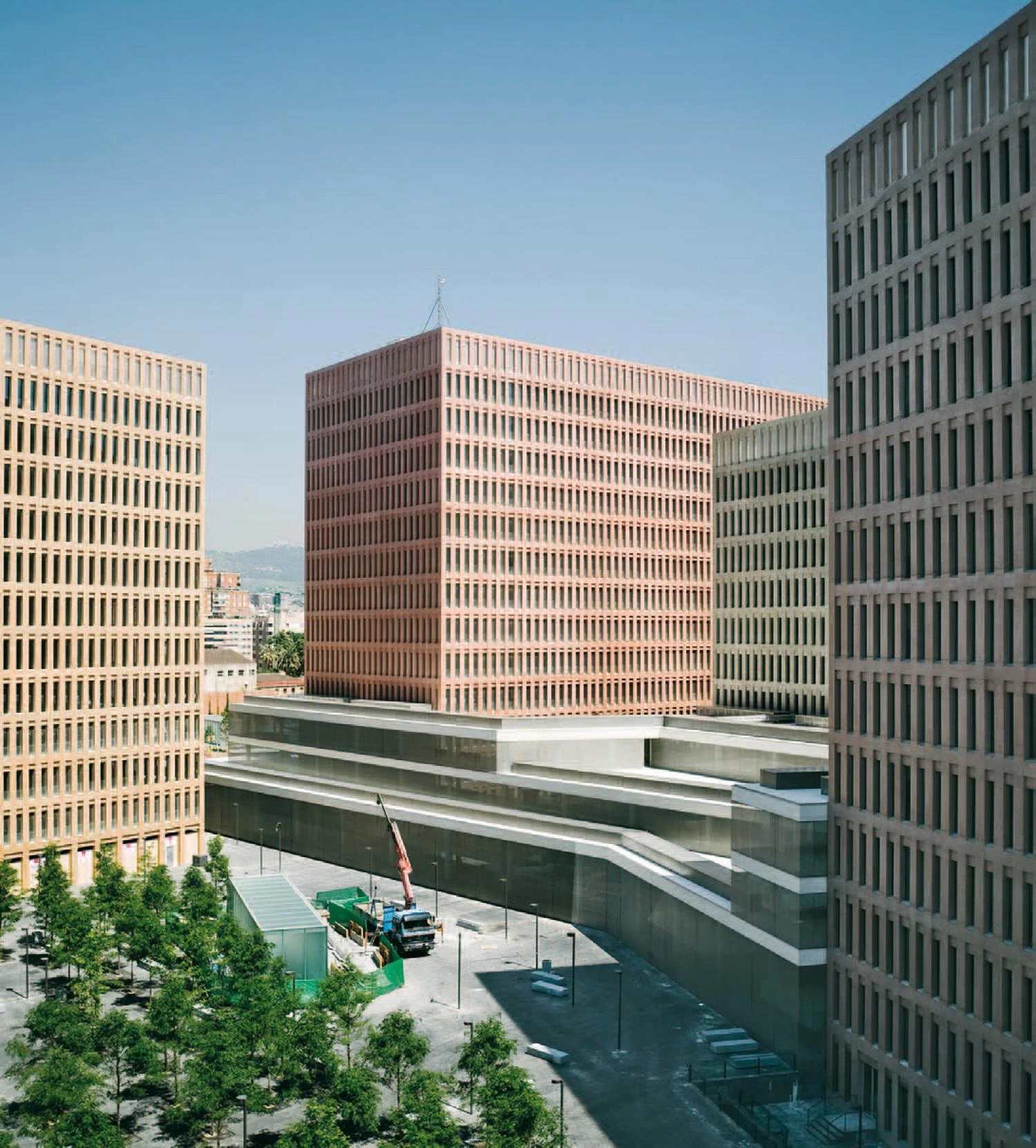
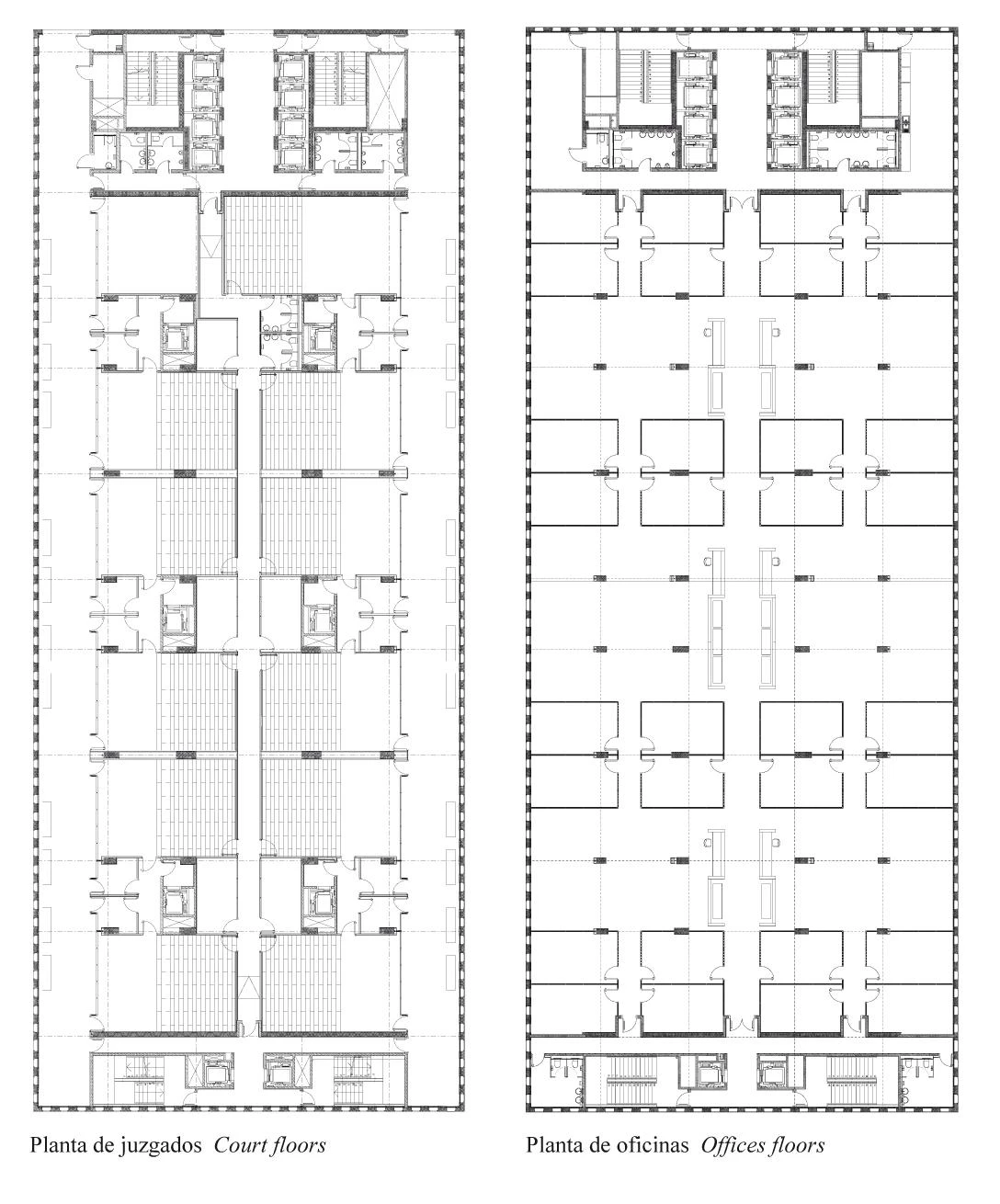
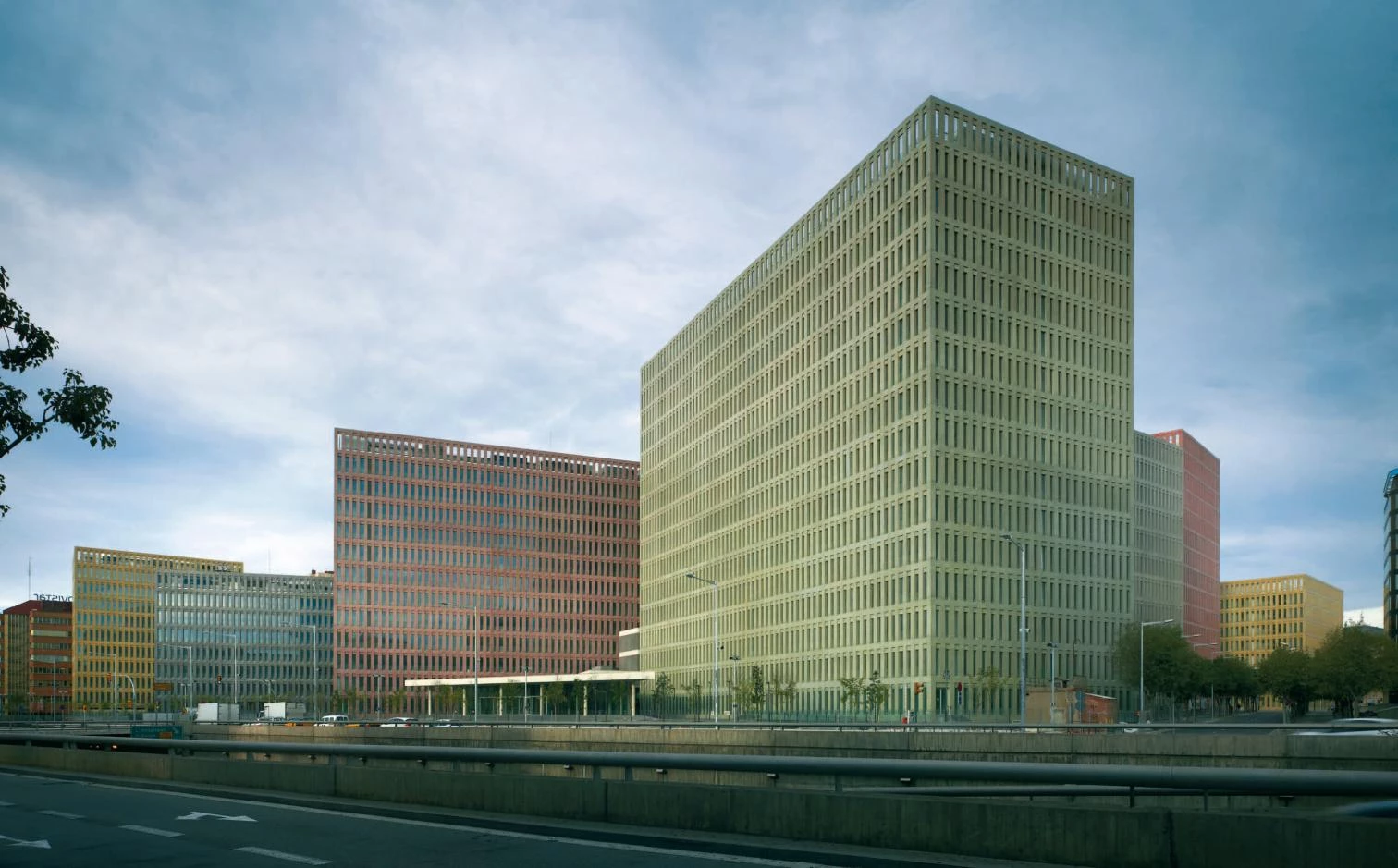
The principal proposition of the project breaks down the massive programme into a series of separate but interrelated blocks on a public plaza, giving a spatial composition that attempts to break the rigid and monolithic image of justice. The proposal also attempts to provide equilibrium to the relationships between the different working areas, public areas and landscape. A group of four large judicial buildings are situated around the perimeter of a four-storey high linking concourse building. All of these floors are accessed directly from the concourse building which acts as a filter. The concourse building also gathers people at the start and completion of their judicial visit within a central public room, which overlooks the exterior plaza.
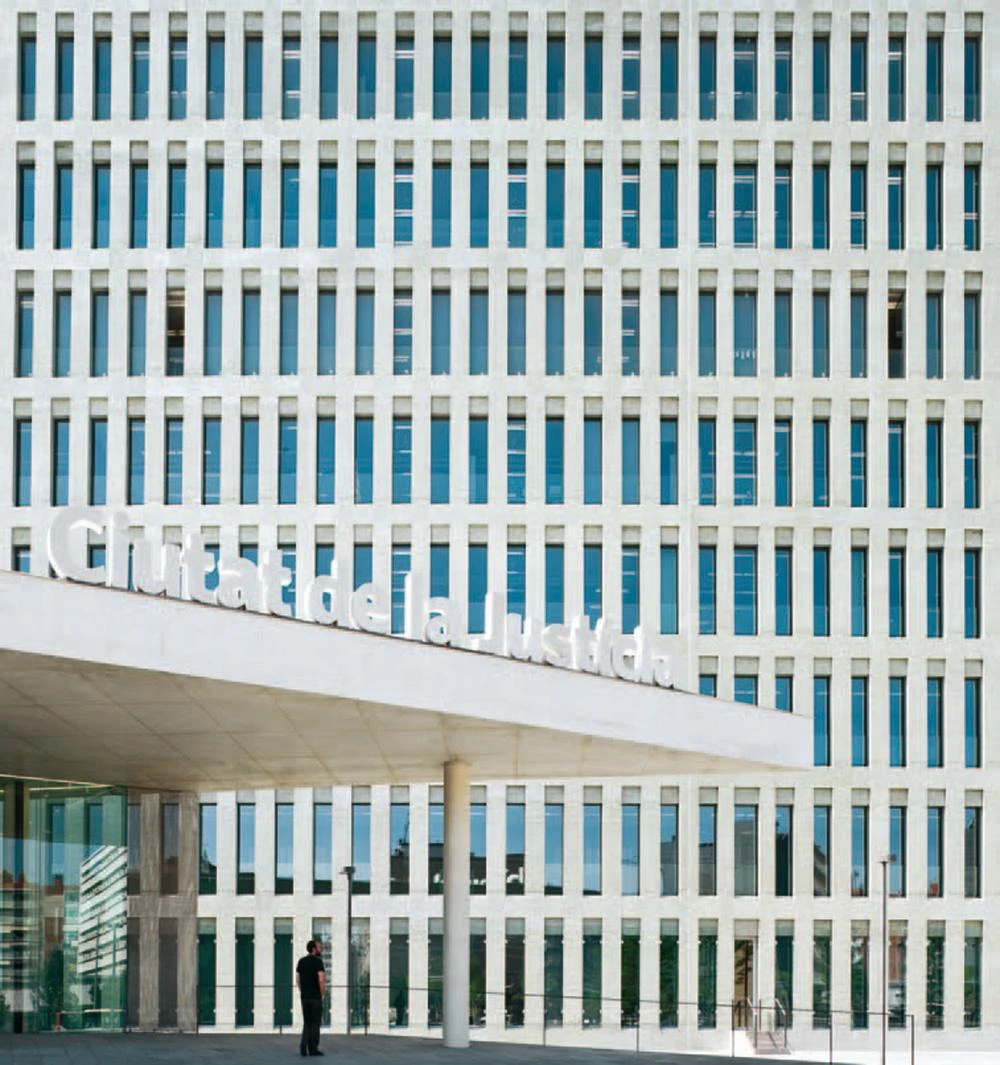
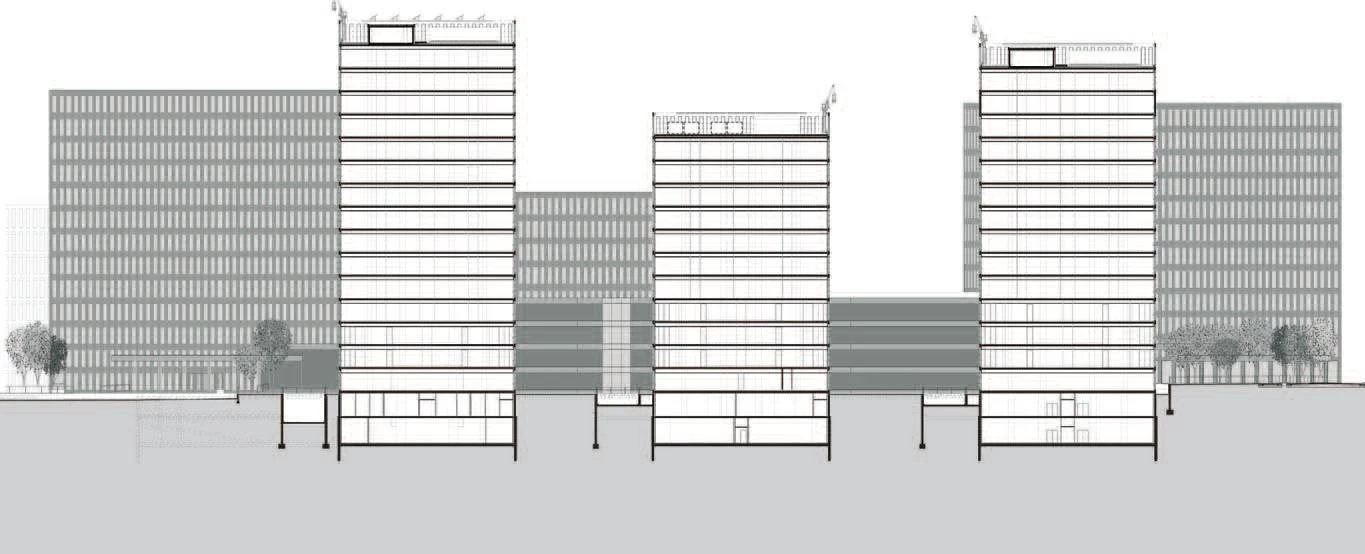
The program is distributed in eight volumes: four prismatic blocks housing the courtrooms and laid out around an atrium, two buildings containing the judicial premises and two commercial volumes.
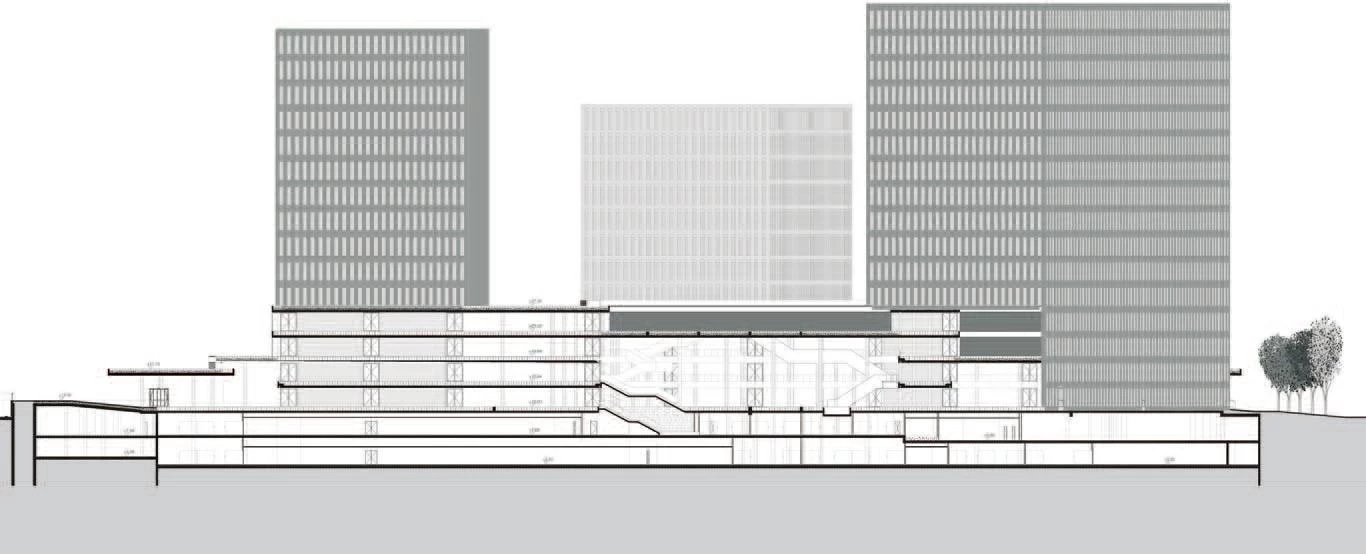
Four other independent buildings comprise a judicial services building for L’Hospitalet, a forensic sciences building, and two commercial buildings with retail facilities at ground floor. A further building is planned to contain both residential and commercial retail activities. All eight buildings are conceived as formally restrained blocks with load bearing coloured concrete ‘cage’ facades. Each building has a different and contrasting, although muted, color tone. The concourse building has a more free form plan with deep exposed concrete slabs and woven mesh screens in front of frameless glazing.
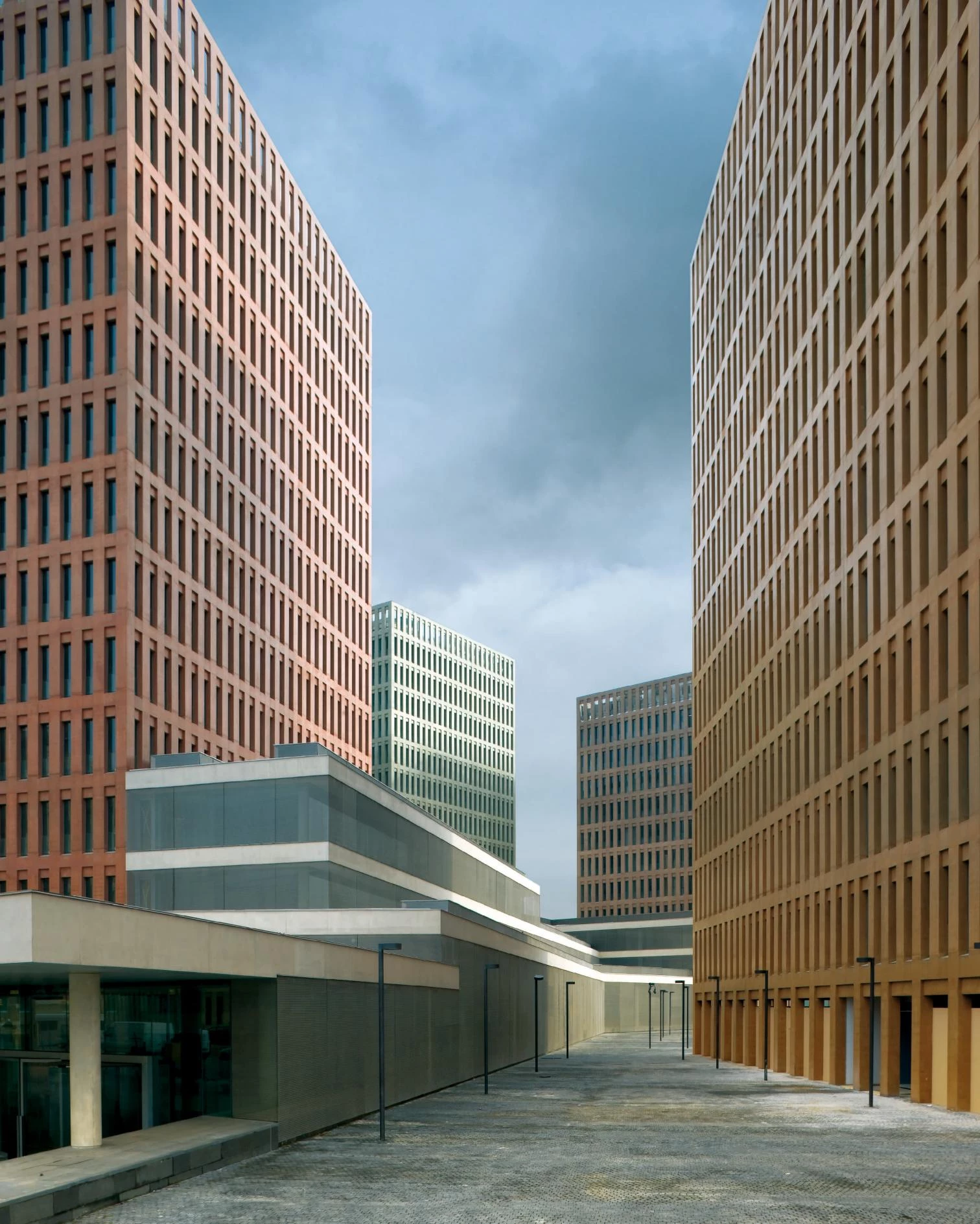

The large terraced atrium, aside from bringing unity to the whole complex, acts as a circulation space to orientate the different users – judges, lawyers, civil servants, visitors – through the levels of the law courts.
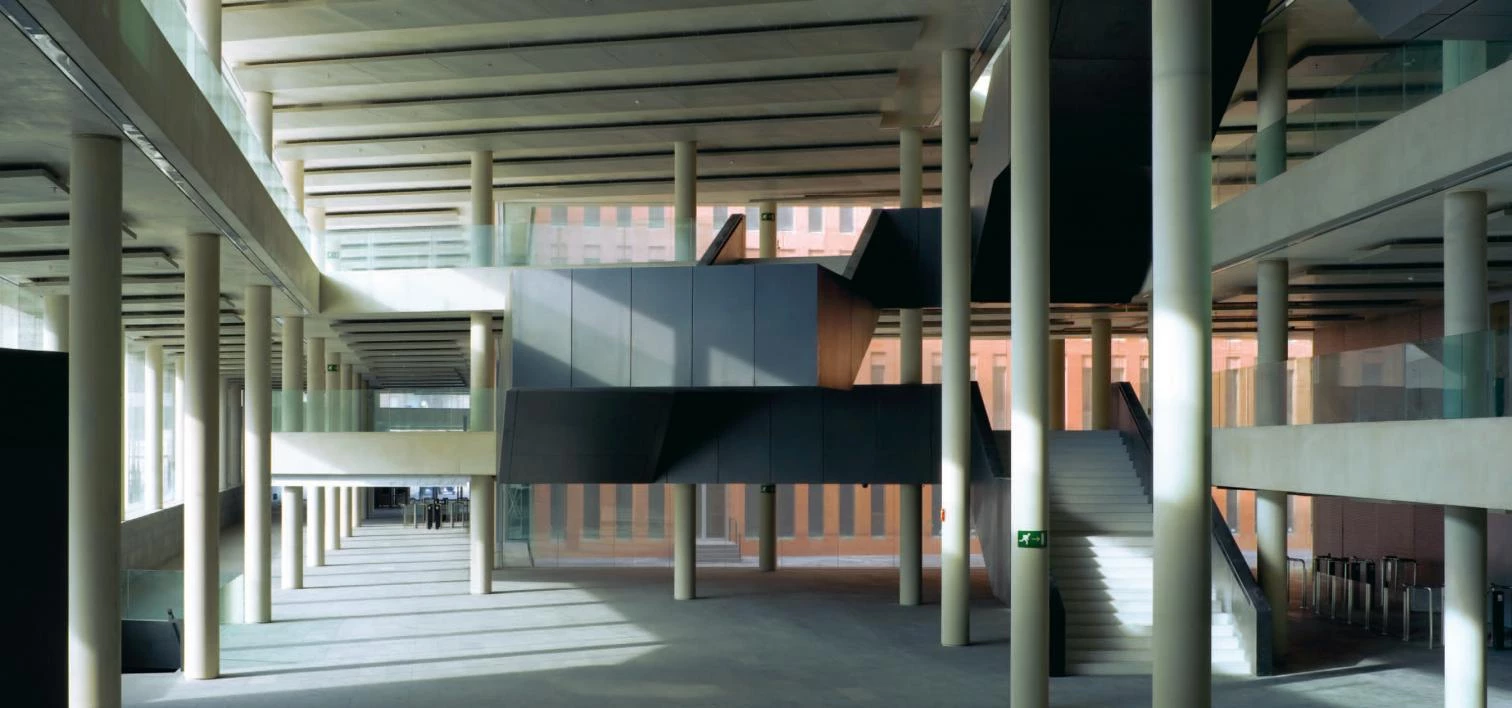
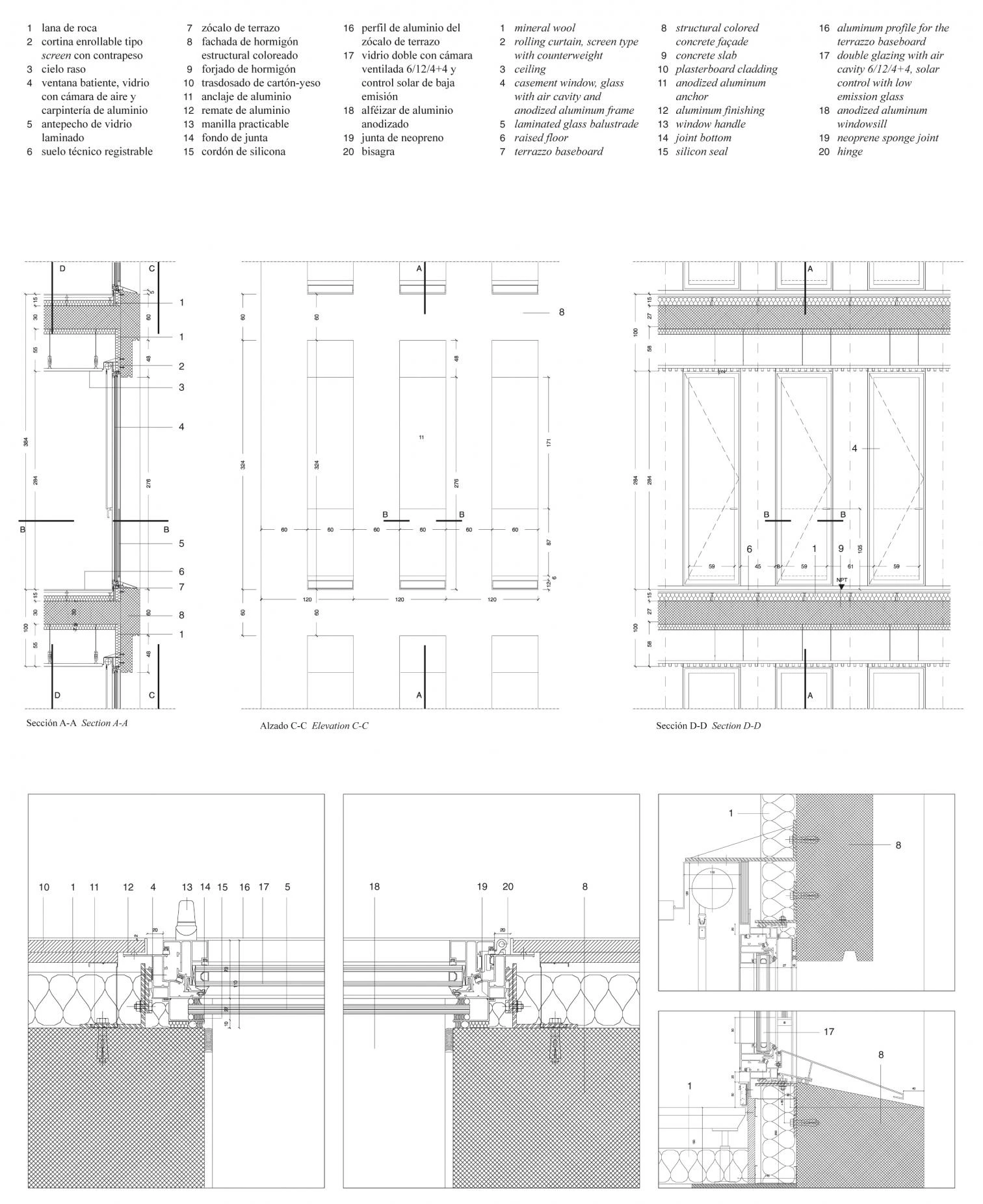

Cliente Client
GISA, Departament de Justicia (Generalitat de Catalunya)
Arquitectos Architects
David Chipperfield Architects
Fermín Vázquez - b720 Arquitectos (arquitecto asociado associate architect)
Colaboradores Collaborators
David Chipperfield Architects: Albert Arraut, David Chipperfield, Martin Eglin, Melissa Johnston, Andrew Phillips, Giuseppe Zampieri b720 Arquitectos: Fermín Vázquez, Francesc De Fuentes, Sonia Cruz, Guillermo Weiskal, Albert Freixes, Francisco Marques, Tosca Salinas, Carlos Fragoso, Elies Porta, Helia Pires, Natascha Gergoff, Myriam González, Nuno Gabriel
Consultores Consultants
Brufau, Obiol, Moya i Associats: Agustí Obiol; Jane Wernick Associates: Jane Wernick (estructura structural engineer); Grupo JG Ingenieros Consultores: Joan Gallostra; Arup: Andrew Sedgwick (instalaciones services engineer); Artecluminotecnia: Maurici Ginés; Arup: Florence Lam, Bob Venning (iluminación lighting engineer); Tècnics G3: Pilar Estrada; Tim Gatehouse Associates: Tim Gatehouse (aparejador quantity surveyor); Biosca & Botey: Xavier Farrés; Estudio Marshall: Guillermo Marshall (fachada façade consultant); Manuel Colominas; Wirtz International: N. Mortier, J. Remon, P. Wirtz (paisajismo landscape architect); Estanislau Roca Arquitecte & Associats: Estanislau Roca (planeamiento de obra planning architect); Estudi Acústic H. Arau: Higini Arau (acústica acoustic consultant)
Fotos Photos
Duccio Malagamba

